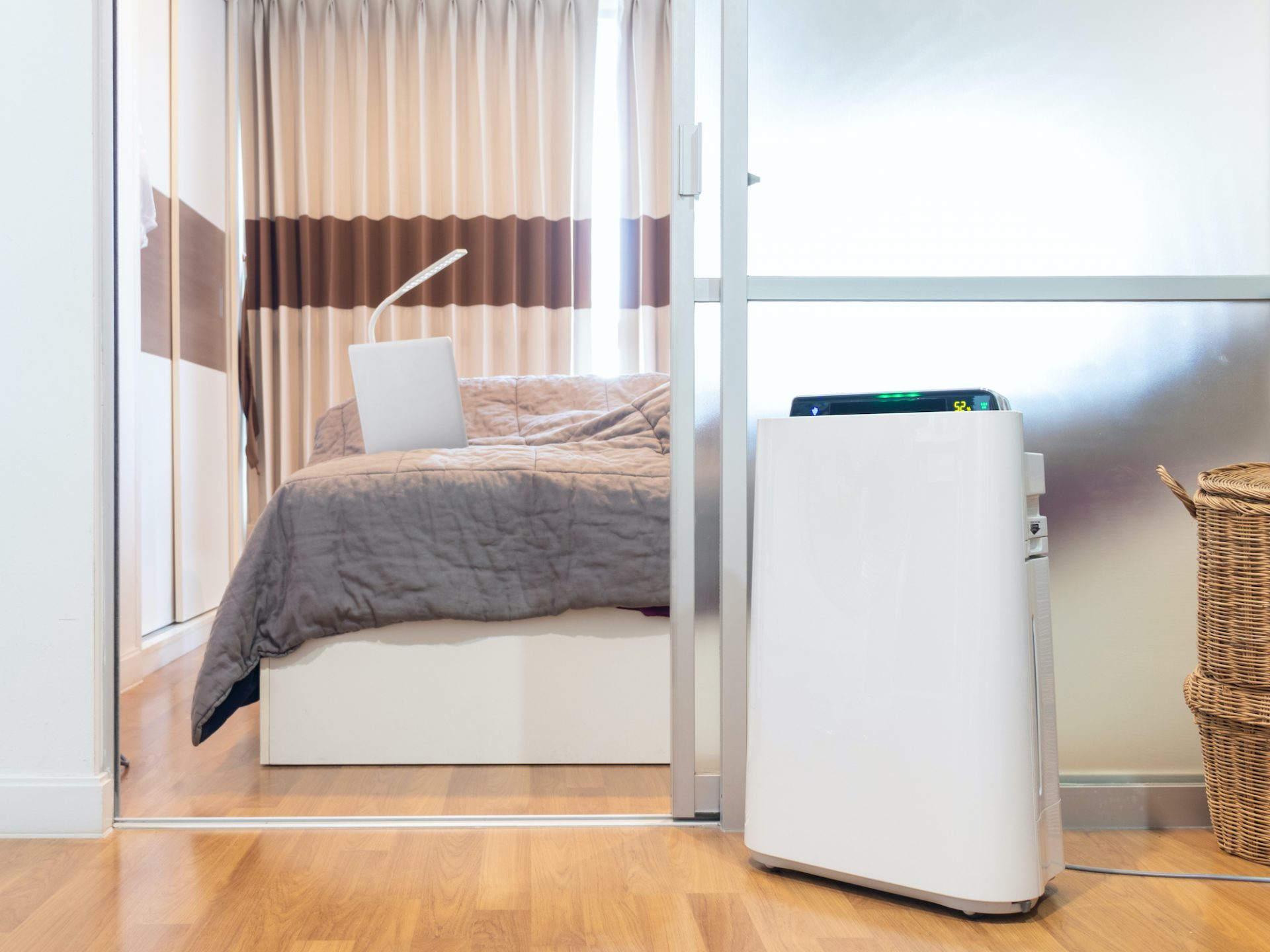Study: Indoor air cleaners fall short on removing volatile organic compounds

Comparison of four oxidation-based cleaners suggests the devices produce their own pollutants and vary in effectiveness.
Consumer-grade air cleaners that promise to reduce indoor levels of volatile organic compound (VOC) pollutants using chemical oxidation can be a source of VOCs themselves, according to a new study led by MIT researchers.
What’s more, the effectiveness of VOC removal varied considerably among the four products examined in the study, professor of civil and environmental engineering and chemical engineering Jesse Kroll and colleagues found.
The chemical reactions that were supposed to remove VOCs played a minor role in the cleaners’ operations, with physical removal of the pollutants through the cleaner’s absorbents or filters doing most of the work. In some cases, the chemical reactions led to byproducts, such as formaldehyde, that added to the overall pollutant level.
“This work shows that, for at least some consumer-grade portable air cleaners that claim to remove VOCs from indoor air, VOC removal may actually be minimal, and the air delivered may contain additional VOCs and/or oxidation byproducts, some of which are known to be harmful to human health,” the researchers write in the journal Environmental Science and Technology Letters.
The popularity of indoor air cleaners has soared in the past year, as most cleaners advertise the ability to remove particles, including those that contain exhaled viruses such as SARS-CoV-2. The MIT researchers did not test how well the cleaners in their study removed particles of any kind from indoor air.
“During the pandemic, air cleaners have appeared like mushrooms after days of rain, and sadly, some of these air cleaners can introduce chemicals to indoor air that are of greater concern than the chemicals that they might remove,” says Charles Weschler, an expert on indoor pollution at Rutgers University and Technical University of Denmark, who was not an author of the MIT study. “The paper by Jesse Kroll and co-workers is an excellent demonstration of this fact. It is carefully executed, and the results are clearly and thoughtfully presented.”
Share on Bluesky


